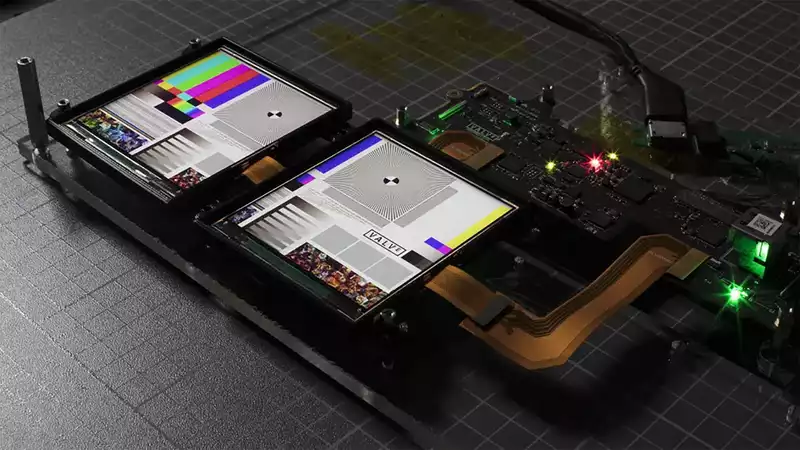Researchers at Samsung and Stanford University have developed a variation of organic light-emitting diode (OLED) technology. This technology has far more pixels per inch than current displays - more than 10,000 pixels per inch, compared to hundreds of pixels per inch in even the most expensive smartphones. What is particularly exciting about this technology is that it is ideal for next-generation VR headsets.
Even the best VR headsets show a phenomenon known as the screen door effect, where the viewer can see lines between pixels as if looking out through a screen door. This occurs because the headset essentially crams the display lens just a few inches away from the viewer's eyeballs. The best way to address this phenomenon is to pack more pixels into the lens.
Samsung and Stanford University have found a way to significantly improve OLED performance. In a paper published in the journal Science (via IEEE Spectrum), the researchers describe the use of nanopatterned metasurface mirrors in a layer of reflective film added to a conventional OLED screen. Another layer of reflective film made of silver is also added. The emitted white light bounces between the two layers and eventually bursts through the silver film.
The pixels on the metasurface are divided into four sub-pixels, and the OLED film determines which pixels are lit. This allows for higher pixel density. [This new architecture facilitates the creation of devices with the ultra-high pixel densities (>10,000 pixels per inch) required in new display applications (e.g., augmented reality) that use scalable nanoimprint lithography. The pixels also have twice the luminous efficiency and superior color purity compared to standard color-filtered white OLEDs," the researchers stated.
To put this in perspective, the Samsung Galaxy S20 has one of the densest pixel-arrayed OLED screens in a cell phone at 563pp. while the Valve Index is 598ppi.
Will this actually come to fruition anytime soon, according to Engadget, Samsung is currently manufacturing a full-size OLED display based on this technology. Furthermore, this is said to be a technology that can be mass-produced rather easily. However, the cost of this technology can be found at .......


Comments